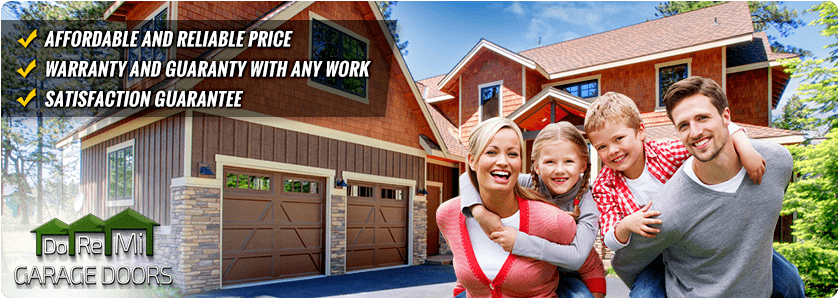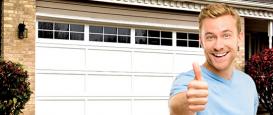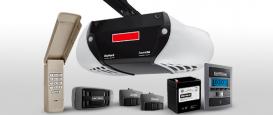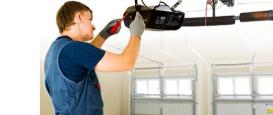Garage Door Springs
A garage door's spring is an essential part of its function. When a spring breaks, a garage door has a number of other devices, including cables, to keep it in place and minimize damage. However, if your spring breaks, make no mistake: Your garage door needs immediate attention. Here are a few basic pointers to help you with any spring issues you may come up against.
Extension vs. Torsion
Garage doors use two types of springs: Extension and torsion. Extension springs are less common, mainly due to the fact that they don't last as long. A torsion spring usually lasts about 20,000 opening and closing cycles, while extension springs last only half that long at 10,000 cycles. An extension spring requires more parts to function, such as loops or levers, while a torsion spring is a sturdier piece of equipment that needs very little to supplement its function. In a garage, you'll find one torsion spring placed on the top of your door in the middle section. Extension springs will come in a pair, with one placed on each side of the top part of the door.
Safety
Garage door springs are extremely tightly wound and are under an extreme amount of pressure each time they're activated. That's why it's important to leave broken spring repair to a trusted professional. However, it's always good to carry an extra spring or two just in case. If you're looking to replace a spring, be sure to get accurate measurements from your current spring. This can be done by measuring inside diameter, length, and width. It's always important to focus on whether the spring is left- or right- wound. This information can be found by looking at your current spring head-on. In the end of the loop points to the right, it is right-wound.
Cables
Cables are in place to protect your door in case of a spring malfunction. However, cables themselves should be checked regularly in case of damage. As an extra safety precaution, cables are an important function of your door. If you notice a cable fraying or becoming damaged in any way, replace it immediately. You don't want to be left vulnerable in the case of a broken spring. Another important safety feature is the use of spring brackets, which hold a spring in place and prevent tampering by homeowners. This reduces the risk of injury and cuts down the possibility of homeowners risking their own safety by troubleshooting.
Balance
If you've noticed that your door isn't opening smoothly, a number of factors could be the cause. However, one thing to be aware of is the balance of your spring. When a spring is out of balance, it could affect the basic function of your garage door, as well as cause other parts to be used improperly and placed too much stress on cables. If you're noticing a problem with your garage door's ability to close smoothly and keep on track, it's a good idea to check with a professional to make sure your springs are balanced and working properly.





